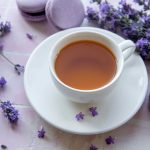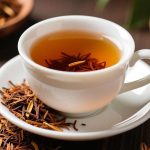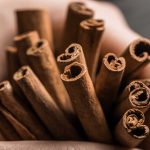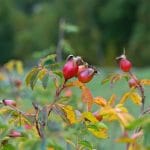The world of tea is vast and varied, but few origins command the same respect and recognition as Ceylon tea from Sri Lanka. Renowned for its bright, brisk flavours and rich golden hues, Ceylon tea has captivated palates globally for generations. While factors like unique terroir, ideal climatic conditions, and meticulous processing play undeniable roles, there’s a more delicate, human touch at the very beginning of the journey that many argue is a cornerstone of its superior quality: the art of hand-plucking. But is this traditional method truly a secret to its excellence, or simply an idealized view? Let’s delve into the world of the tea plucker and discover why their skill is so revered.
What Exactly is Hand-Plucking?
Unlike mechanical harvesting, which often indiscriminately gathers leaves, twigs, and coarser parts of the tea bush, hand-plucking is a highly selective process. Skilled pluckers, often women who have honed their craft over years, even generations, use their discerning eyes and nimble fingers to select only the most tender and flavourful parts of the plant: typically, the “two leaves and a bud.” This young, unopened bud and the two newest leaves beneath it are where the tea plant concentrates its most desirable compounds – the polyphenols (like catechins and flavonoids), amino acids (like L-theanine), and volatile organic compounds that contribute to the tea’s aroma, flavour, and health benefits.
The Ceylon Context:
Sri Lanka’s tea industry, particularly for its premium grades, heavily relies on this traditional method. The famed Lion Logo, a symbol of authentic, high-quality Ceylon tea, often signifies teas produced using these meticulous, time-honoured practices. While some larger estates might use mechanical aids for certain grades, the finest Ceylon teas, especially those from high-grown regions, proudly bear the mark of hand-plucked excellence.
Is it the Only Secret?
Of course, hand-plucking alone doesn’t guarantee a perfect cup. The unique agro-climatic conditions of Sri Lanka’s diverse tea-growing regions (from the misty heights of Nuwara Eliya to the robust character of Ruhuna teas), coupled with expert processing techniques, are all vital components. However, hand-plucking lays the indispensable foundation. Without the careful selection of the finest leaves, even the most skilled tea master would struggle to produce a truly exceptional tea.
The Verdict:
So, is hand-plucking the secret to Ceylon tea quality? While “secret” might imply something hidden, it’s more an open testament to a commitment to excellence. It’s a labour-intensive, skill-driven practice that undeniably sets the stage for the superior characteristics Ceylon tea is celebrated for. The next time you savour a cup of fine Ceylon tea, take a moment to appreciate the journey it has taken – starting with the skilled hands that carefully selected those perfect “two leaves and a bud.” It’s a craft that ensures every sip is a testament to quality, tradition, and the human touch.





